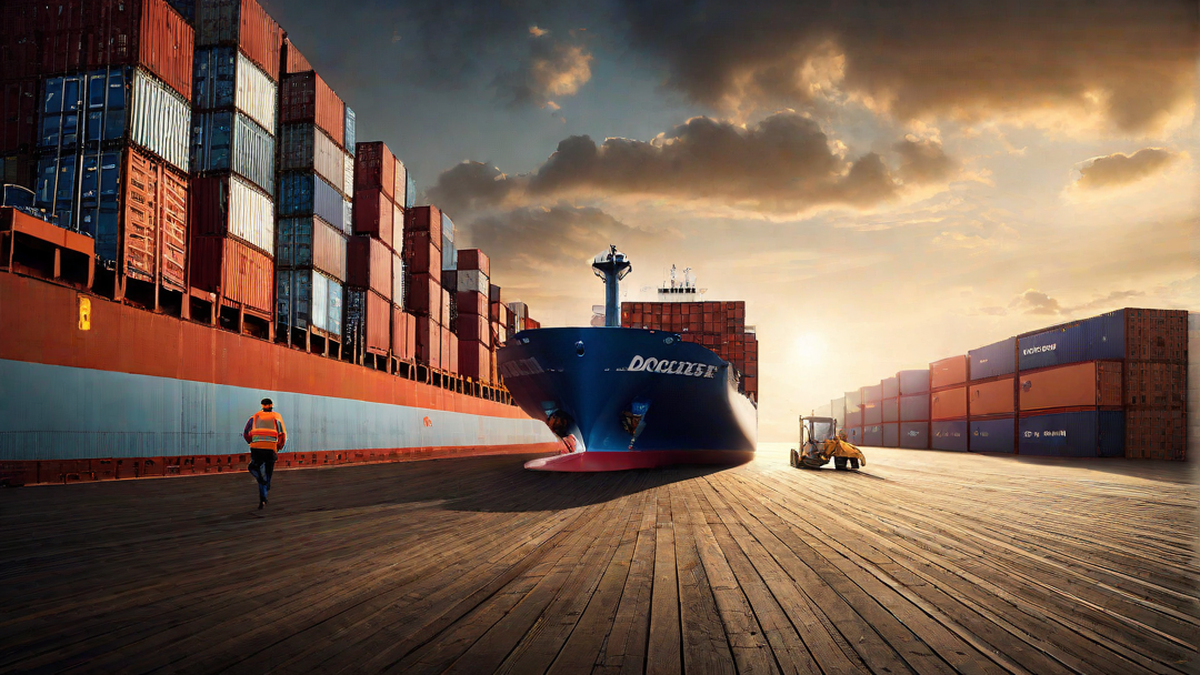I’ve always been a big fan of using Docker containers for my projects. It’s an incredibly convenient way to package up an application with all of its dependencies and run it anywhere. However, getting a Docker container up and running can be a bit tricky at first. In this article, I’ll walk through the process of starting a Docker container and ensuring it stays running, based on my own experiences and learnings.
Getting Started with Docker
First things first, you’ll need to have Docker installed on your system. If you haven’t done so already, you can find installation instructions for your specific operating system on the official Docker website.
Starting a Docker Container
Once you have Docker installed, it’s time to start a container. You’ll typically do this by running the docker run command followed by the name of the image you want to use. For example:
$ docker run -d -p 8080:80 nginx
In this example, I’m starting a container based on the nginx image and mapping port 8080 on my host machine to port 80 in the container. The -d flag runs the container in detached mode, which means it will run in the background.
Keeping the Container Running
By default, a Docker container will stop when the process inside it stops. This may not be ideal for long-running services like web servers. To keep a container running, you can use the docker run command with the --restart flag, which specifies a restart policy. For example:
$ docker run -d --restart=always -p 8080:80 nginx
With the --restart=always flag, Docker will always restart the container if it stops for any reason. There are other restart policies available, such as on-failure and unless-stopped, which you can choose based on your specific requirements.
Conclusion
Docker containers can be incredibly powerful, but getting them up and running smoothly takes some know-how. With the tips and tricks I’ve shared here, you should be able to start a Docker container and keep it running without any hiccups. Have fun containerizing your applications!

